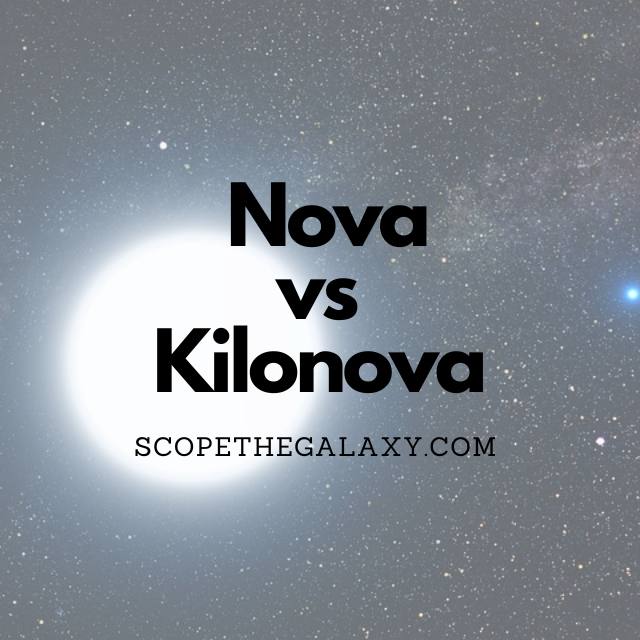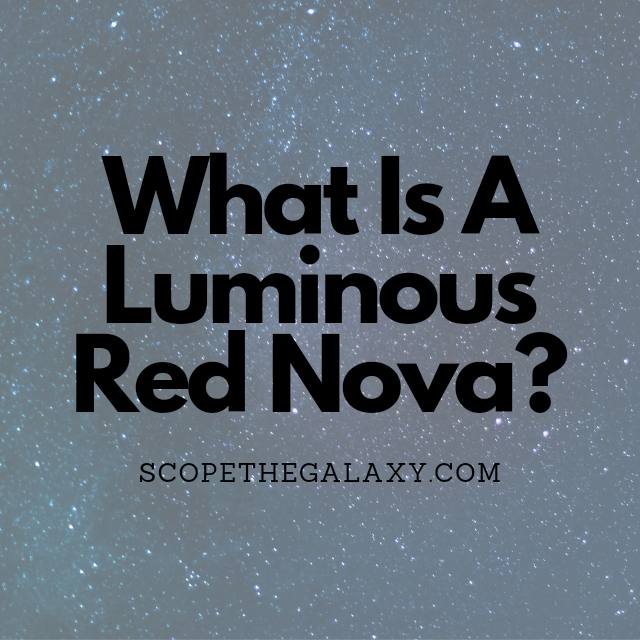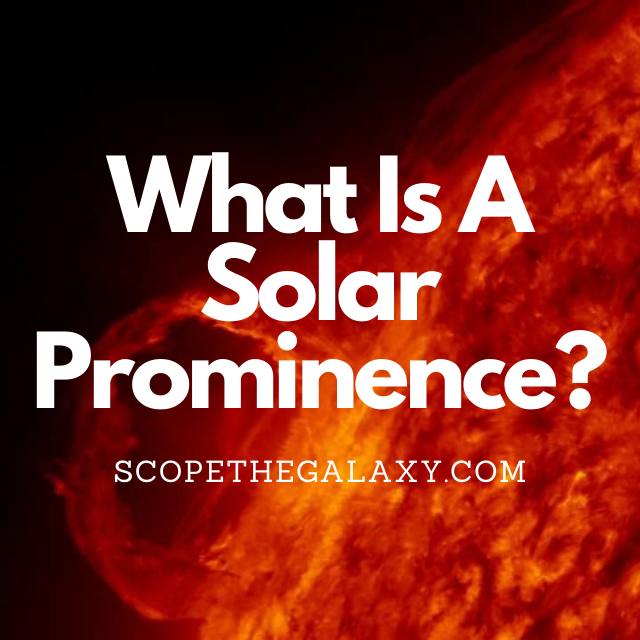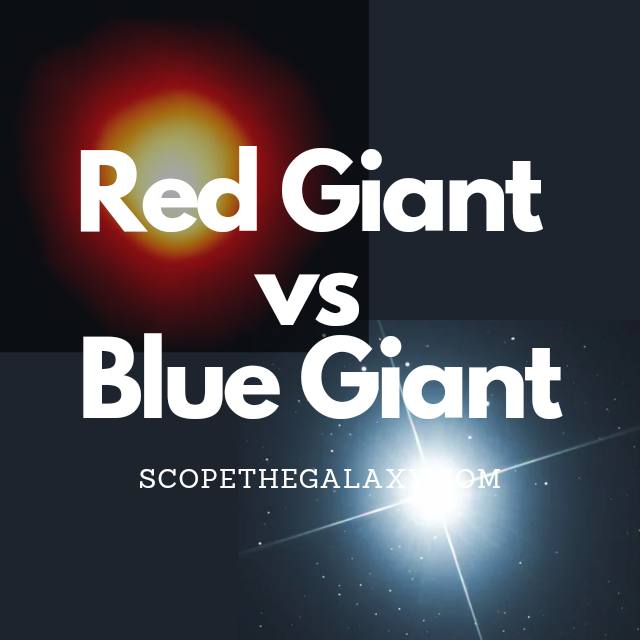Nova vs Hypernova (How Are They Different?)
The main differences between a nova and hypernova is that a nova is a bright explosion that occurs on the surface of a white dwarf that produces an excess amount of energy via nuclear fusion whilst hypernovae are arguably the largest explosions in our universe that occur when a star 30+ solar masses in size … Read more










